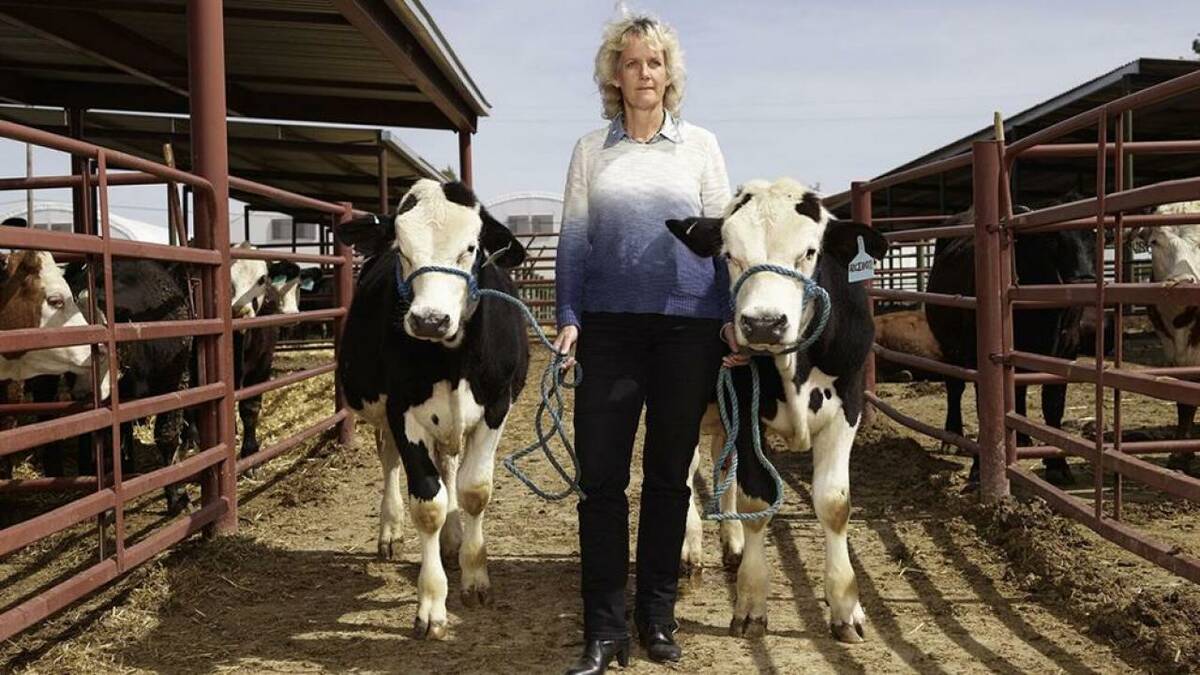Reducing runoff | Field test shows tilling every two years reduces phosphorus loss
WINNIPEG — A field study has confirmed what University of Manitoba scientists suspected: periodic tilling significantly reduces the amount of phosphorus that leaves agricultural fields.
In a field experiment conducted in southern Manitoba, researchers found that phosphorus loss is reduced by 42 percent when the conservation tillage cycle is broken and the field is tilled every second year.
U of M soil scientist Kui Liu, who presented the results of the study at the Canadian Society of Soil Science conference in Winnipeg July 25, said the significant decline in phosphorus runoff, compared to fields that were not tilled, is connected to the nature of phosphorus losses in a cold climate.
Read Also

Stacking Canada up on gene editing livestock
Canada may want to gauge how Argentina and other countries have approached gene editing in livestock and what that has meant for local innovation.
Previous U of M research had concluded that most phosphorus on agricultural fields is lost during the spring snow melt in Manitoba, when soluble phosphorus runs off the field.
The amount of phosphorus in runoff water is significantly higher on land where conservation tillage is practiced because the nutrient accumulates in crop residue and the top five centimetres of soil.
“There is that stratification of phosphorus at the surface and it’s taken up by the snow melt runoff,” said Jim Yarotski, an Agriculture Canada hydrologist who participated in the field scale study, which was conducted on long-term no-till and conventionally tilled fields in Manitoba’s South Tobacco Creek watershed.
The stubble and top layer are worked back into the soil profile if the field is cultivated, which reduces the amount of phosphorus exposed to the spring melt.
In the experiment, a field where conservation tillage was historically practiced was cultivated in the fall every other year: 2007, 2009 and 2011.
Water samples taken from the edge of the field found that total dissolved phosphorus in the water was 56 percent less than the total dissolved phosphorus in uncultivated fields.
Don Flaten, a U of M soil scientist who helped with the study, said the results weren’t surprising.
He and his colleagues already knew that soluble phosphorus in the crop residue and the top layer of the soil profile are “very important factors” in phosphorus runoff.
“To see those substantial reductions was pretty much on track with our hypothesis.”
Yarotski said the findings in this study apply to croplands across the Prairies.
“You could take this information and extrapolate it to areas that are dominated by snow melt runoff.”
It doesn’t mean no-till farmers should buy a new cultivator next week, but phosphorus loss is a factor to consider, Yarotski said from his office in Regina.
“The research just leads producers to make informed decisions. Now we know what the impacts are,” he said.
“(But) you have to be conscious of all the other good things about conservation tillage. For example, where I am in Saskatchewan, if you don’t practice conservation tillage you probably have your soil in Manitoba.”
Flaten said the experiment doesn’t apply to land with steep slopes. Phosphorous is more likely to wash off during rainstorms in fields with hilly topography because the phosphorus is attached to sediment.
In Manitoba, where nutrient loading into creeks, rivers and Lake Winnipeg is a major concern, no-till farmers may want to consider occasional tillage to reduce phosphorus runoff.
As well, Yarotski said the results should be of interest to all farmers who want to reduce nutrient losses.
“Any time you can keep nutrients on your land, there’s a benefit to you,” he said. “It’s just economics.”















